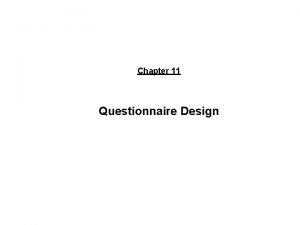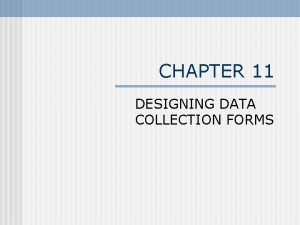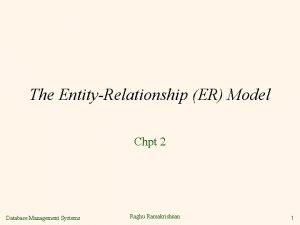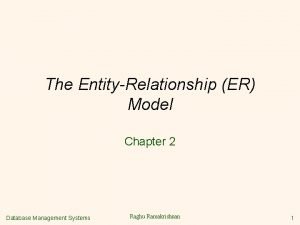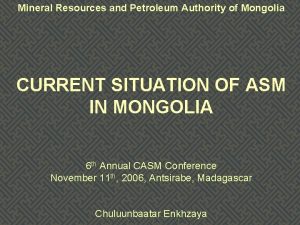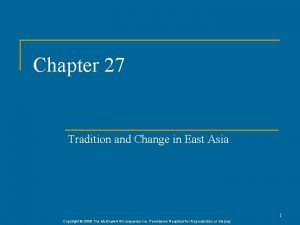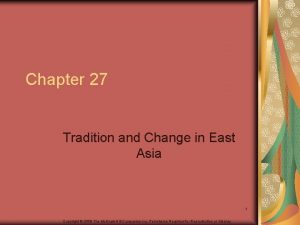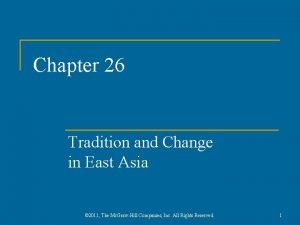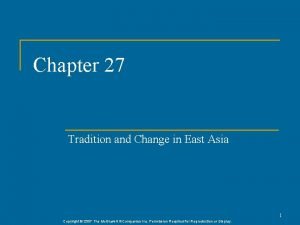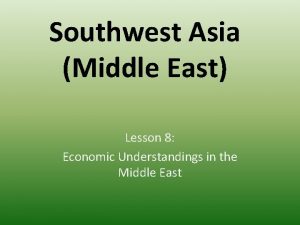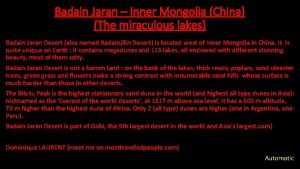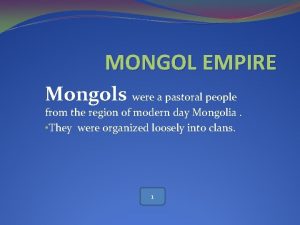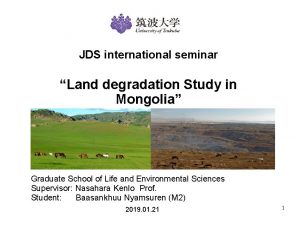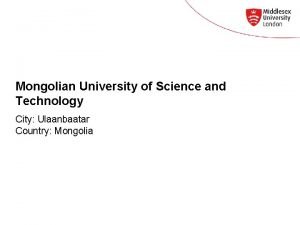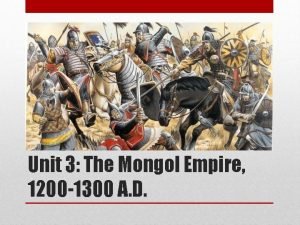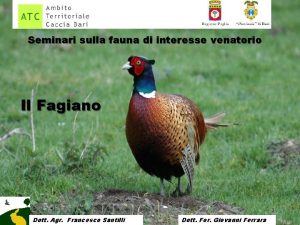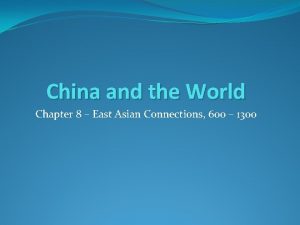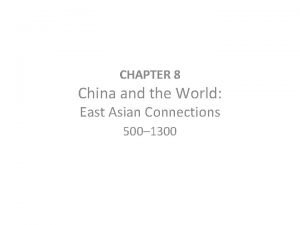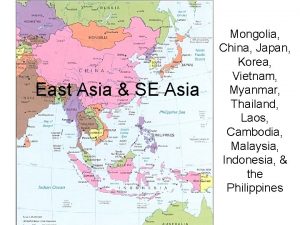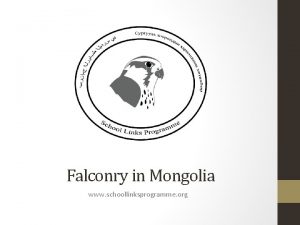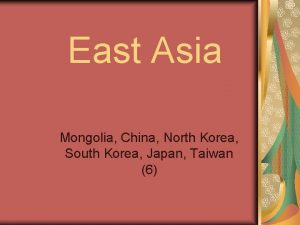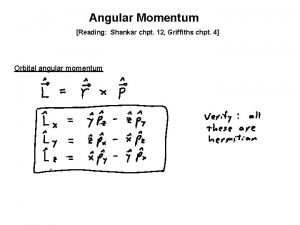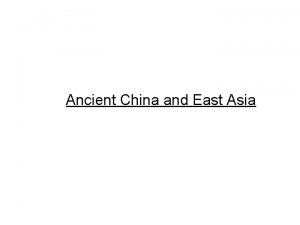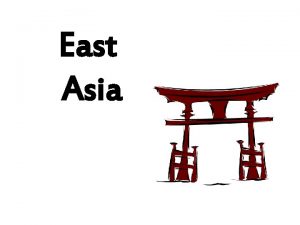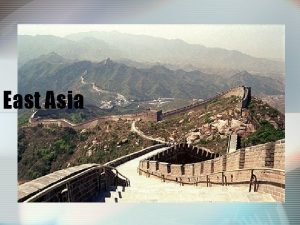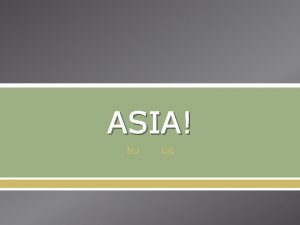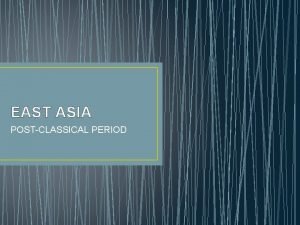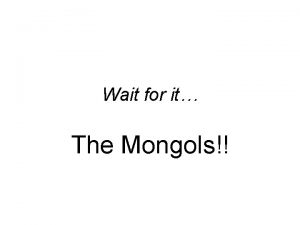EAST ASIA CHPT 28 CHINA AND MONGOLIA PHYS



















- Slides: 19

EAST ASIA

CHPT 28: CHINA AND MONGOLIA

PHYS GEO OF CHINA • 2 parts: mountains and plateaus (west); plains and hills (east) • Mountains: Kunlun Shan (central west) and Tian Shan (northcentral west) • Create the Tarim Basin • Tarim Basin has Taklimakan Desert • Gobi Desert in north-central China and southern Mongolia

RIVERS • Huang He (Yellow): called “China’s Sorrow”; made “yellow” by Loess—yellowish-brown sediment made of silt and clay • Chiang Jiang (Yangtze): China’s longest river • Zhu (Pearl): with tributaries, forms largest major river system in China

HUMAN GEOGRAPHY

CHINA • DYNASTIES: ruling houses or continuing family of rulers • Chinese culture dates back 5000 years • Began in the Wei River Valley • 1 st dynasty: C. 1776 B. C. (Shang Dynasty) • Ruled by “mandate of heaven” (approval of gods and goddesses) • Shang ruled for 700 years

ZHOU DYNASTY • Ruled for 800 years • Trade grew • Chinese culture spread • Iron tools • Confucius: founded Confucianism---based on discipline and proper moral conduct • Lao-Tzu: founder of Taoism— harmony with nature and simple living

QIN DYNASTY • Founded by Qin Shihuangdi • 1 st to unify the country • Built the Great Wall of China

OTHER DYNASTIES • Han and Tang saw rise of traders and missionaries • Ming Dynasty: exploration opens; Zheng He sails to Africa (1400 s) • Qing Dynasty: last dynasty

END OF DYNASTIES • Dynasties ended in 1911 (rebellion led by Sun Yat-sen) • 1925: Chang Kai-shek forms Nationalist govt of Republic of China • Rivaled by Mao Zedong, leader of the communist party • Civil War • 1949: Communists take over and set up the People’s Republic of China • Republic of China moved to Taiwan

COMMUNIST CHINA • 1950 s: “Great Leap Forward”— small farms replaced by large govt farms • Not enough food produced; millions die of starvation • Mao wanted a classless society • 1966: Great Proletarian Cultural Revolution—urban and educated Chinese sent to work on farms; meant to cleanse elements of capitalism • Late 1970 s: Deng Xiaoping opens some free-market

MONGOLIA • Early inhabitants were the Xiongnu • Genghis Khan (12 th and 13 th centuries) leads the Mongol Empire to conquer much of China, Russia, and Central Asia • Fell to the Qing Dynasty (called Outer Mongolia) • Qing overthrown in 1911; Mongolia created

SOCIETY AND CULTURE TODAY

EDUCATION • Mao Zedong closed schools b/c educated people were seen as a threat • Policy reversed after his death

LANGUAGE • Mandarin is the dominant language • Uses IDEOGRAMS: pictorial character that represents a specific meaning or idea • Thousands of ideograms in use • Very difficult to learn

RELIGION • Buddhism, Taoism, and Islam are practiced • Many identify as atheist • Buddhism is restricted in Tibet

ECONOMICS • Shift from communes to small, family farms • China is the world’s largest exporter of goods

HUMAN RIGHTS • DISSIDENTS: a citizen who speaks out against govt policies • 1989: Tiananmen Square— students protest for democratic reform; Chinese govt responds brutally • U. S. , Japan, and EU (major trade partners w/China) impose ECONOMIC SANCTIONS: trade restrictions • China released several dissidents; U. S. relented

HONG KONG • Under British control until 1997 • Has a strong economy • In a SPECIAL ECONOMIC ZONE (SEZ): small district in China that is fully open to global commerce
 Questionnaire design process chpt 11
Questionnaire design process chpt 11 Questionnaire design process chpt 11
Questionnaire design process chpt 11 Chpt er
Chpt er Chpt er
Chpt er Mineral resources and petroleum authority of mongolia
Mineral resources and petroleum authority of mongolia Chapter 27 tradition and change in east asia
Chapter 27 tradition and change in east asia Chapter 27 tradition and change in east asia
Chapter 27 tradition and change in east asia Chapter 26 tradition and change in east asia
Chapter 26 tradition and change in east asia Chapter 27 tradition and change in east asia
Chapter 27 tradition and change in east asia Lesson 8 middle east and south asia
Lesson 8 middle east and south asia East is east and west is west
East is east and west is west Mongolia twin lakes
Mongolia twin lakes Pastoral people from the region of modern day mongolia
Pastoral people from the region of modern day mongolia Jds mongolia
Jds mongolia Mongolian technical university
Mongolian technical university Mongol empire 1300
Mongol empire 1300 Fagiano americanino
Fagiano americanino Chapter 8 china and the world east asian connections
Chapter 8 china and the world east asian connections Chapter 8 china and the world east asian connections
Chapter 8 china and the world east asian connections What is asias largest desert
What is asias largest desert
